Industry information
Company News
- Aluminum veneer curtain wall: the fashionable coat of modern architecture
- Hyperbolic aluminum veneer: the artistic new darling of the aluminum industry
- Aluminum veneer curtain wall: the beauty of the integration of architectural aesthetics and technology
- Fluorocarbon aluminum veneer: the 'invisible hero' in modern architecture
- Aluminum veneer: understated luxury in modern architecture
Industry dynamics
- Personalized customization, aluminum veneer can also become a fashionable weapon
- Innovative application of perforated carved aluminum veneer in architectural decoration
- Aluminum veneer charm: lightweight building materials, shaping fashionable spaces
- Roller coated carved aluminum veneer is widely used to achieve diverse architectural styles
- How has aluminum veneer become the preferred material for modern architecture?
Frequently asked questions
- What are the applications of aluminum veneer in the interior decoration industry and how can they be improved?
- What are the types of aluminum veneer?
- What are the applications of aluminum veneer in the construction industry?
- What are the applications of aluminum veneer in the construction industry and how can they be improved?
- How is aluminum veneer produced and manufactured?
contact us
Mobile:+86 15627778610
Email: 2201229786
Address: No. 5 Binjiang Road, High tech Zone, Zhaoqing City, Guangdong Province
Can aluminum veneer really save energy?
- Author: Lesilong Technology (Guangdong) Co., Ltd
- Release time: 2022-02-23 20:25:05
- Click:0
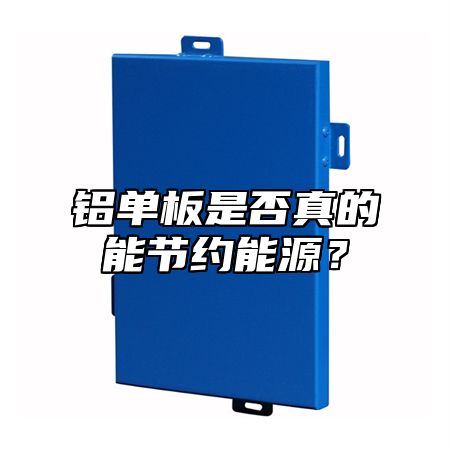
Aluminum veneerAs a lightweight, high-strength, and corrosion-resistant building material, it has been widely used in the construction industry. In addition to its excellent performance, aluminum veneer also has good energy-saving effects, which can effectively reduce the energy consumption of buildings. Below is a detailed introduction to whether aluminum veneer can really save energy.
Aluminum veneer has good insulation and thermal insulation properties. The surface of aluminum veneer is specially treated to form a dense oxide film, effectively preventing heat loss and conduction, and improving the insulation effect of buildings. This is particularly important for reducing energy consumption and lowering the operating costs of buildings.
Aluminum veneer can also achieve better energy-saving effects by combining with other materials. For example, installing insulation materials or solar panels on both sides of aluminum veneer can further improve the insulation effect and energy utilization efficiency of buildings, thereby achieving more environmentally friendly and energy-saving building goals.
Again, aluminum veneers can be connected to keels or fixtures through point supports to form a more stable structural system. This can reduce the damage of buildings in natural disasters such as wind and earthquakes, thereby avoiding increased energy consumption due to maintenance and repair.
Aluminum veneer can also improve its insulation and thermal insulation performance by adopting advanced manufacturing processes and materials. For example, aluminum veneers made of high-strength aluminum alloy materials have high hardness and strength, as well as good toughness and elasticity. When subjected to external temperature changes, aluminum veneer can absorb the energy of temperature changes through its own toughness and elasticity, thereby reducing the energy consumption of buildings.
Aluminum veneer has advantages in terms of good insulation performance, thermal insulation performance, reusability, seismic performance, as well as manufacturing process and materials, which can effectively reduce the energy consumption of buildings. In practical applications, we should choose aluminum veneer products with good quality and service based on specific building needs and budget factors. When installing aluminum veneer, corresponding energy-saving measures should also be taken to ensure the maximum energy-saving effect of the building.

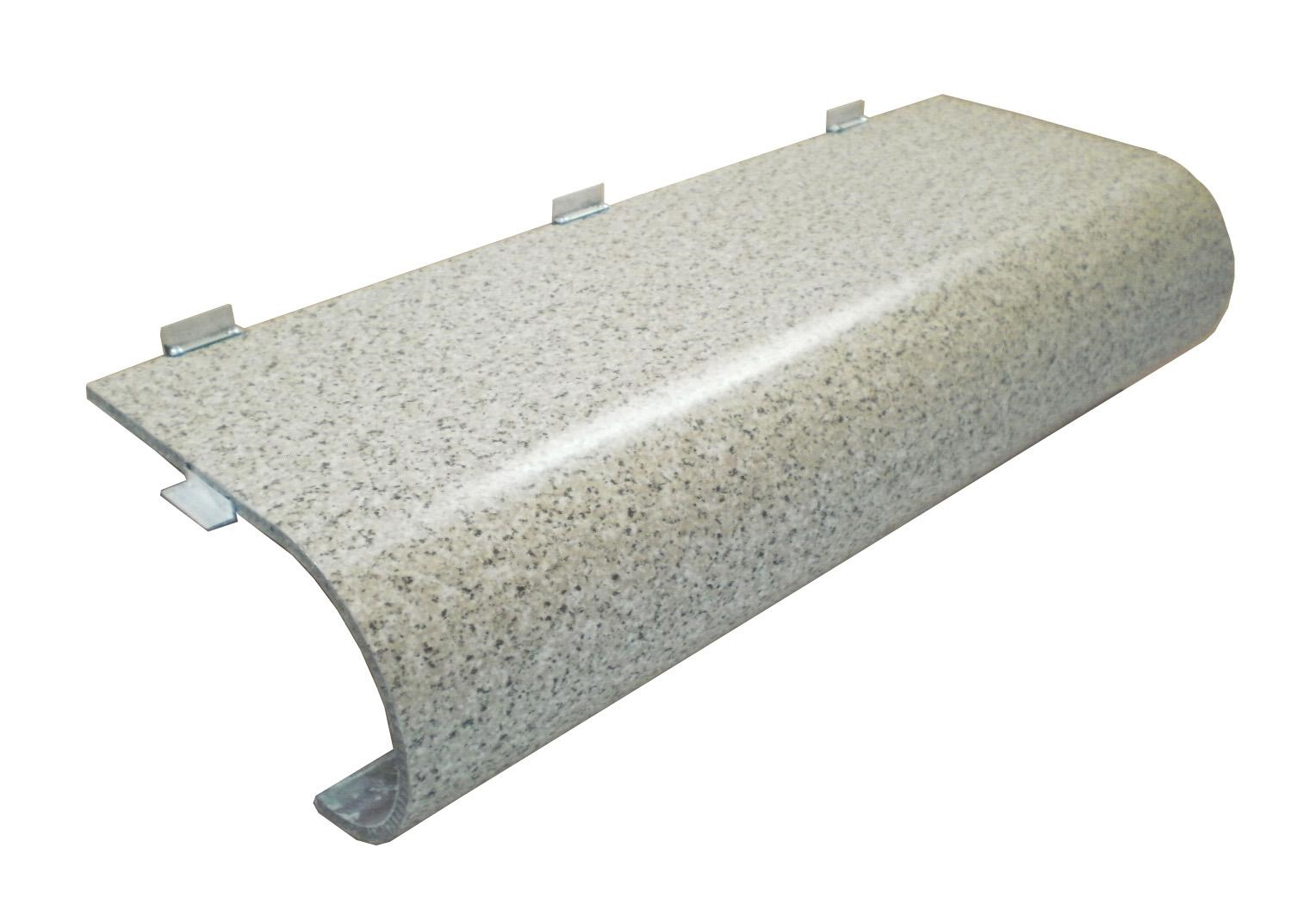
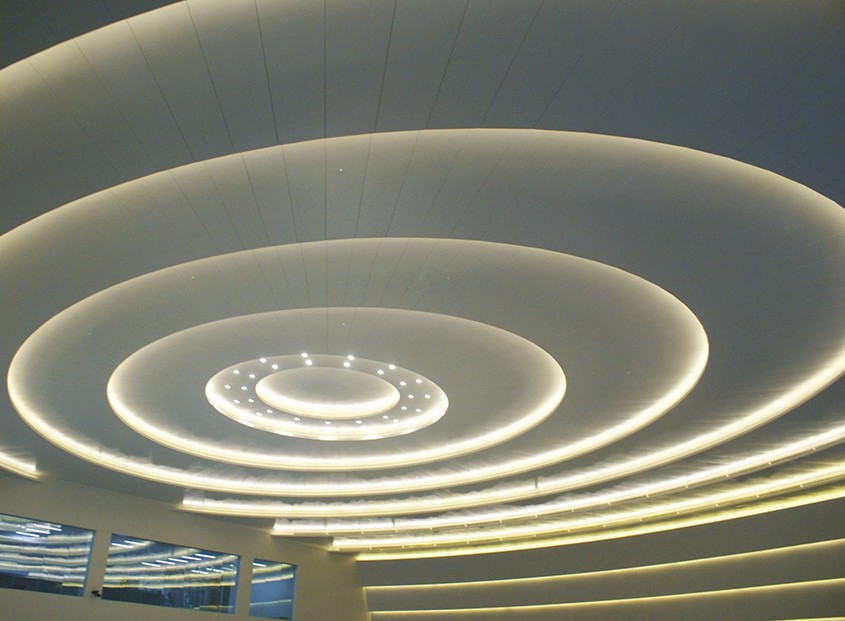
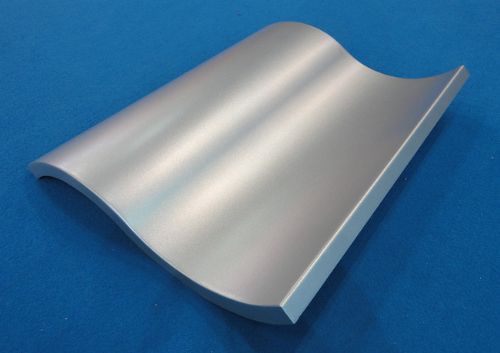
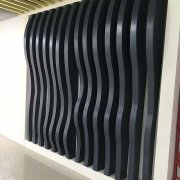
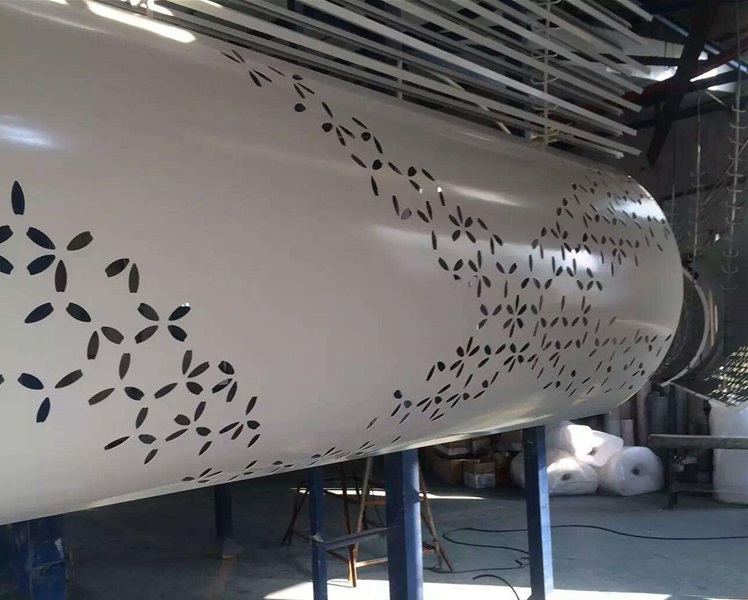
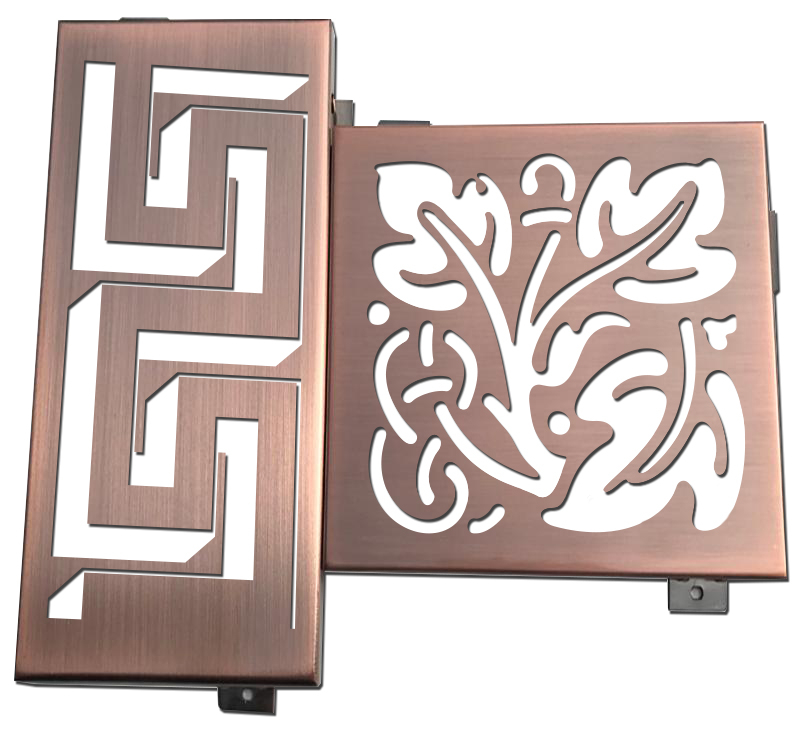
 Customer service QQ
Customer service QQ